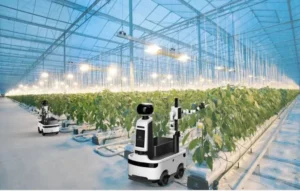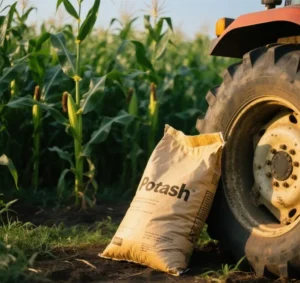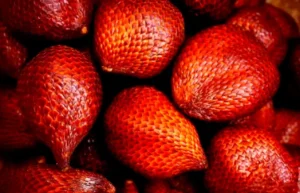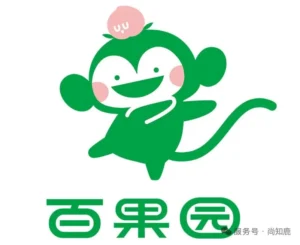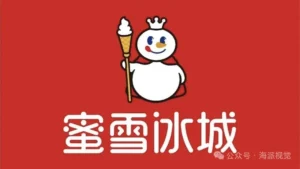Thailand’s longan export industry is on high alert as its largest trading partner, China, is reportedly preparing to tighten sulfur residue testing standards for imported longan fruit. These potential regulatory changes have prompted an urgent response from the Thai government and the agricultural sector. Officials are working to mitigate the impact on farmers and exporters who rely heavily on the Chinese market.
According to an informal notice received by the Thai Embassy’s Agricultural Office in China, Beijing plans to revise the 2004 “Protocol on Quarantine and Inspection Requirements for Exporting Tropical Fruits from Thailand to China.” Currently, sulfur dioxide residues in longan pulp are limited to 50 mg/kg. However, the new rules may extend testing to include the peel and adopt stricter sampling methods. This shift is expected to result in significantly higher detected sulfur dioxide levels, potentially surpassing permissible limits. For example, preliminary tests conducted by Thai laboratories suggest that, under the new standards, sulfur dioxide residues in whole longan fruits (including peels) could average 80–100 mg/kg, far exceeding the proposed 50-mg/kg limit.
Impacts on Thailand’s Longan Industry
Thailand’s longan producers commonly use sulfur fumigation to preserve the fruit during transport. If the new standards are enforced, nearly all shipments could be rejected, causing severe trade disruptions. The potential changes have already prompted exporters and purchasing stations to suspend longan procurement, resulting in price fluctuations and declining trade volumes. In 2024 alone, Thailand exported approximately 350,000 tons of longans to China, valued at over $500 million. This accounted for 80% of Thailand’s total longan exports.
The Ministry of Agriculture and Cooperatives estimates that over 30,000 tons of longans, which are soon to be harvested in eastern Thailand, are at immediate risk. If these shipments are rejected, losses could exceed $50 million, directly impacting over 10,000 farming households in regions such as Chanthaburi and Rayong.
Government Response and Negotiations
The Minister of Agriculture and Cooperatives, Narumon, has emphasized the urgency of the situation. She notes that, while Thailand has yet to receive an official written notice from China, the current consultation period is critical. The government is negotiating transitional measures with China’s General Administration of Customs that would give farmers and exporters time to adapt to the new requirements. Thailand aims to stabilize longan trade and protect its fruit industry’s interests by drawing on past experience in managing similar challenges. For example, the 2023 durian inspection crisis initially reduced exports by 40%, but it was later resolved through bilateral talks. During the durian crisis, a three-month grace period and technical assistance from China enabled Thai producers to modify their processing facilities, reducing rejection rates from 30% to 5% within six months.
Economic Relief and Mitigation Strategies
In parallel, Assistant Minister Ankarla announced plans to submit an economic relief proposal to the Cabinet. The proposal includes subsidies of up to THB 1,400 per rai (a land unit), up to a maximum of THB 14,000 per household for affected farmers with up to 10 rai. The total subsidy budget is estimated at THB 200 million, which will cover approximately 14,000 farming households in eastern provinces.
Additionally, the ministry is committed to building 50 new reservoirs to improve agricultural infrastructure and exploring alternative sales channels. For example, Thailand recently signed trade agreements with Indonesia and the United Arab Emirates (UAE) to diversify export markets and reduce reliance on China.
These measures aim to alleviate the immediate financial burden on farmers and mitigate long-term risks. Pilot programs in online retail and processed longan products (e.g., dried fruit) have shown promising results, with exports to the UAE growing by 15% in Q1 of 2025.
Challenges and Outlook
Reliance on the Chinese market poses a significant challenge. Thailand accounts for a large portion of China’s longan imports, so regulatory changes would cause major disruption. Although diplomatic negotiations are ongoing, time is limited and the success of transitional measures is uncertain. Thai exporters estimate that if the new standards are implemented without concessions, rejection rates could reach 70–80%, resulting in annual losses of up to $200 million.
The Thai government must balance swift adaptation with safeguarding the interests of thousands of farmers and exporters.
As the situation unfolds, it will be crucial to closely monitor China’s official announcements and the effectiveness of bilateral negotiations. Thailand’s response will affect not only its domestic agricultural economy but also regional fruit trade dynamics. Industry analysts predict that if the crisis persists, other major exporters, such as Vietnam and Australia, could fill the supply gap in the Chinese market. This could reshape global longan trade patterns.



